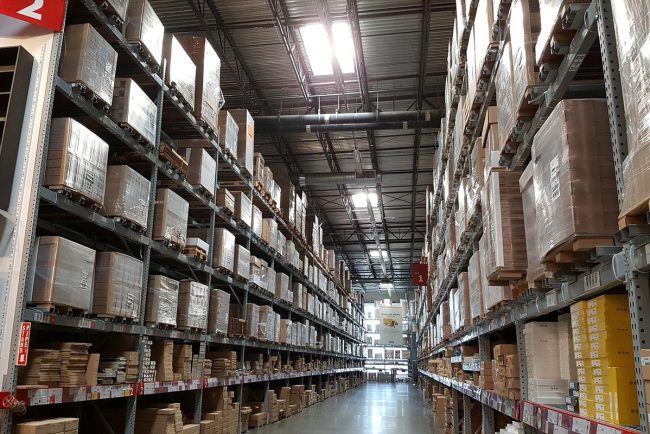

The integration of the Internet of Things (IoT) with packaging systems is revolutionizing the way products are packaged, tracked, and delivered. With IoT automations, manufacturers and logistics companies can optimize their packaging processes, streamline operations, and deliver enhanced customer experiences. From real-time monitoring to intelligent data analysis, IoT-powered packaging systems offer a range of benefits that traditional systems simply cannot match. In this article, we will explore four compelling reasons why businesses should consider incorporating IoT automations into their packaging systems.
- Improved Operational Efficiency: IoT automations enable packaging systems to operate with greater efficiency and precision. Connected sensors and devices can monitor various parameters, such as product weight, dimensions, and quality, in real-time. This ensures accurate and consistent packaging, reducing the risk of errors and minimizing rework. Additionally, IoT-enabled packaging systems can optimize resource utilization by automatically adjusting packaging materials, such as box sizes and void fillers, based on product dimensions. This results in cost savings, reduced waste, and streamlined operations, ultimately improving overall efficiency.
- Enhanced Supply Chain Visibility: IoT-powered packaging systems offer comprehensive supply chain visibility throughout the packaging process. With embedded sensors and RFID technology, businesses can track packages at every stage, from production to delivery. This real-time visibility enables proactive monitoring of package location, condition, and even environmental factors like temperature and humidity. By leveraging this data, businesses can quickly identify and address any issues or delays, ensuring timely delivery and reducing the risk of damaged or lost packages. The increased transparency provided by IoT automations also improves traceability and enables better inventory management.
- Advanced Analytics and Predictive Maintenance: IoT automations enable packaging systems to generate vast amounts of data, which can be harnessed for advanced analytics and predictive maintenance. By analyzing data on packaging performance, equipment utilization, and maintenance history, businesses can gain valuable insights into their operations. This data-driven approach allows for predictive maintenance, where potential equipment failures or maintenance needs are identified in advance, reducing unplanned downtime and optimizing maintenance schedules. Furthermore, advanced analytics can uncover patterns and trends, facilitating continuous process improvement and innovation in packaging systems.
- Personalized Customer Experiences: IoT-powered packaging systems can elevate customer experiences by enabling personalized packaging and tracking options. With IoT automations, businesses can incorporate customer preferences, such as custom packaging designs or personalized messages, into the packaging process. This not only enhances brand identity and customer engagement but also adds a personal touch to the overall product experience. Additionally, IoT-enabled tracking systems provide customers with real-time updates on package location and estimated delivery times. This transparency builds trust and satisfaction, as customers can stay informed and plan accordingly.
Conclusion: IoT automations are reshaping the packaging industry, offering numerous advantages for businesses that adopt them. From improved operational efficiency and enhanced supply chain visibility to advanced analytics and personalized customer experiences, the integration of IoT with packaging systems unlocks new levels of efficiency and innovation. As technology continues to advance, businesses that embrace IoT automations can gain a competitive edge in the dynamic marketplace. By leveraging the power of IoT, packaging systems can become smarter, more connected, and more efficient, setting the stage for a future of optimized packaging processes and delighted customers.




















